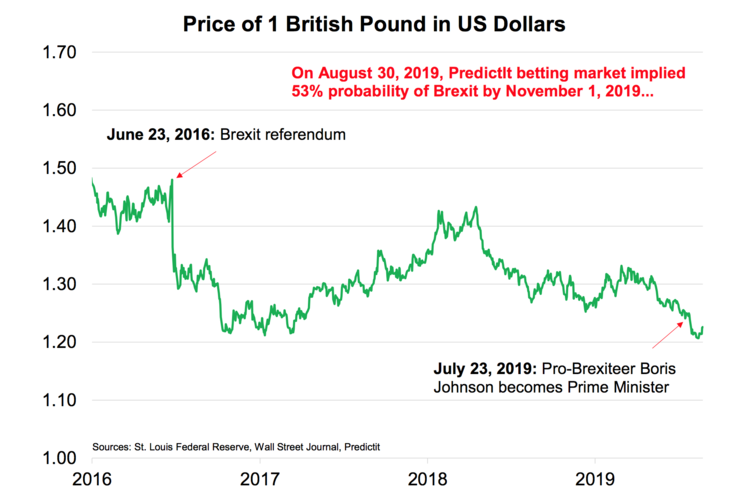Estate Planning Just Got Real
by Grant Sims, CFP®
This last year has brought many changes in my life. My wife and I had our first child, we purchased our first house, my role has introduced me to many new clients, and my wife transitioned to staying at home with our baby. These changes have been extremely exciting and have required a lot of adjusting and although these changes have been challenging, they have certainly made life better.
Since adding to my family and owning my own home, my perspective about life has been somewhat altered. I have asked myself, “If something terrible happened to me, how would that affect my wife and child?”, “What if my wife and I weren’t here, who would raise our baby?” My first response to those questions may be like yours:
These questions feel awfully gloomy and I wish I didn’t have to think about them.
AND
What are the odds of any of those things really happening to me?
These recent changes in my own life have made the importance of estate planning way more personal than ever before. I am also blessed to hear the experiences of my clients and advise them through their estate planning issues, which has helped me see firsthand the future impact that good planning can have on my own loved ones.
Whether you added a family member, moved to a new state, received an inheritance, or are facing health issues, major changes in life are a great prompt to meet with an estate planning attorney. Its highly beneficial to review your circumstances and determine if you need to create or update your estate plan. Some clients explain that when they created their plan years ago, their circumstances were the same. Whether or not things have changed, it is still a good idea to have your plan reviewed every five to seven years, as state or federal laws can change. Also, some documents can become less effective, if they get too old, or you may have forgotten details of your plan that no longer apply to your situation.
Estate planning is not just for when you die, many don’t realize that it can protect you and your assets in the event you are incapacitated or can’t make decisions yourself. If this happens to you, who will take care of paying your bills or managing your healthcare? Designating financial and health care POA’s (Power of Attorney) can save your family a lot of time and money and make sure everything is handled according to your wishes. Having a living will, your clearly stated desires for end of life care, can also save your family from the burden of heart-breaking decisions that no one should have to face.
Another primary goal of estate planning is reducing taxes and fees. The price you pay for a good estate planning attorney to draft your plan and review it over the years could save your family tens of thousands of dollars. Working with your financial advisor to coordinate your assets, according to your plan, is equally important – a plan without proper execution can be costly. Recently, a client unfortunately had to pay $50,000 in taxes she could have otherwise kept if her parent’s plan had simply been updated. Proper planning can also help your estate avoid probate or legal issues where court and legal fees can eat away at your family’s inheritance.
With the start of my own family, planning for their provision and protection is the greatest motivation to have an estate plan in order. This can take shape in so many ways, starting with young families that can protect their children by assigning guardians and caretakers that will best raise their children in their absence. Others have adult children and grandchildren that may have different needs regarding money or asset protection (due to their profession or family circumstances). Still more, an heir may require a professional trustee to help guide or administer their inheritance in the event they cannot be trusted or properly care for themselves. I encourage my clients to recognize that providing for their children equally doesn’t mean they provide for them the exact same.
Finally, your estate plan can help you support your favorite causes. Yes, you can leave a generous donation to your favorite charities when you pass away, but you can also have a huge impact, while you are still alive. Exploring options like charitable gift annuities or remainder trusts can provide tax benefits while living. Additionally, it can be hugely beneficial to plan for which assets would be best to designate to charities – i.e. appreciated assets or retirement accounts. Some clients have even started their own charitable fund through a community foundation.
I always like to remind clients that an estate plan is more about others than about yourself. If you haven’t completed your estate plan or need to review it, don’t wait. There are too many benefits that come with being prepared.















